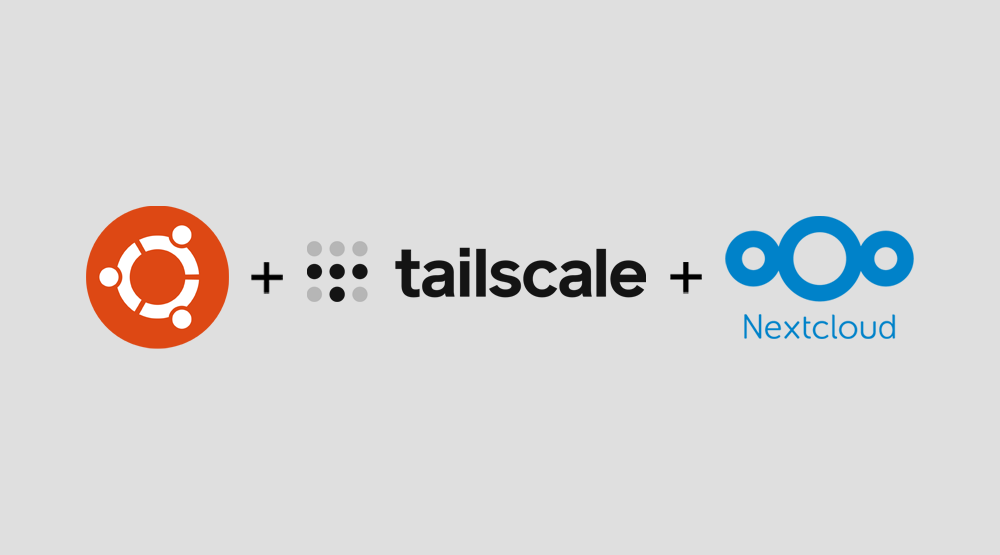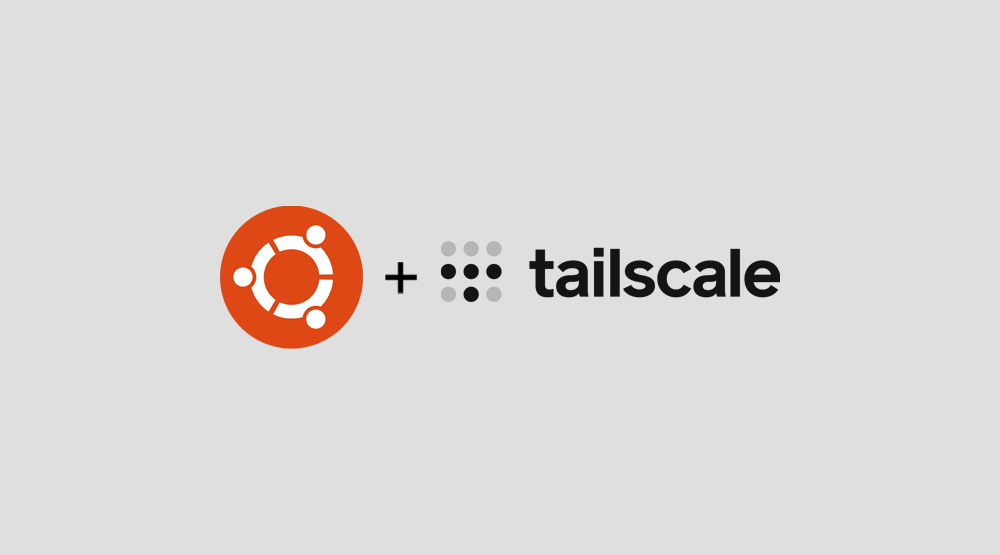Tag: linux
-
How to create an Applications menu icon for AppImages in Ubuntu
AppImages are like portable exes in Windows. They don’t need to be installed and can be run by just double-clicking. This is good because you don’t need to install anything, but sometimes it doesn’t create a “desktop” icon, so finding it from the menu can be difficult. You need to launch the application from the…
-
Upgrade PHP7.2 to PHP7.4 on Ubuntu running NGINX
Upgrading PHP versions isn’t exactly an upgrade in the sense that you will end up with both PHP versions installed. Installing PHP7.4 won’t remove 7.2, you will have both and then you can configure your server to use 7.4. First, you’ll need to install PHP7.4 and all the related packages that you used in 7.2.…
-
Install Pi-hole on WSL2 and use externally with Tailscale
Use your devices with Pi-hole when not connected to your LAN. Pi-hole is normally configured on your router or on a separate device on your LAN (e.g., Raspberry Pi) so that all devices connected to your LAN (Wi-Fi) can use it. But this doesn’t help when you’re not connected to your home network. To use…
-

Install Nextcloud on WSL2 and access anywhere with Tailscale
Installing Nextcloud on WSL2 Nextcloud requires Apache server, PHP and MariaDB to run. You can install the required packages using the Linux package manager in WSL2. This guide assumes that you have Ubuntu installed on WSL2 but the steps are the same for other distros, only the installation commands will differ. Install the required LAMP…
-

Install Tailscale on WSL2
Tailscale is your own personal VPN that opens up a lot of possibilities. A private VPN gives you access to all your devices even when you’re not connected to the same local network. Tailscale gives your device a “static” IP that you can use to connect to it from anywhere. This lets you set up…
-
Check disk usage in Linux command line
View total disk usage Disk free space can be checked in the Linux command line using the df and du commands. df stands for disk free. du stands for disk usage. The -h flag stands for human. It shows the sizes in human readable formats like MB or GB instead of bytes. Disk usage by…
-
Export / Import a MySQL database between remote server and local machine
Upload or download a MySQL database between a remote server and localhost using the Linux command line. Download a remote MySQL database Download a remote MySQL database using mysqldump dump. The output of the dump is compressed using gzip. This compressed file is then unzipped and downloaded into the file remotedb.sql. Copy local database to…
-
Fix PHP executable not set in VSCode when running XAMPP on Linux
This is a fix for the following error when opening PHP files in VSCode or VSCodium: Cannot validate since no PHP executable is set. Use the setting ‘php.validate.executablePath’ to configure the PHP executable. This error means that VSCode does not know how to validate the contents of a PHP file and can’t show errors in…
-
Check PC Config using the Linux command line
View hardware and other details from the command line. View Hardware Details View Network Details
